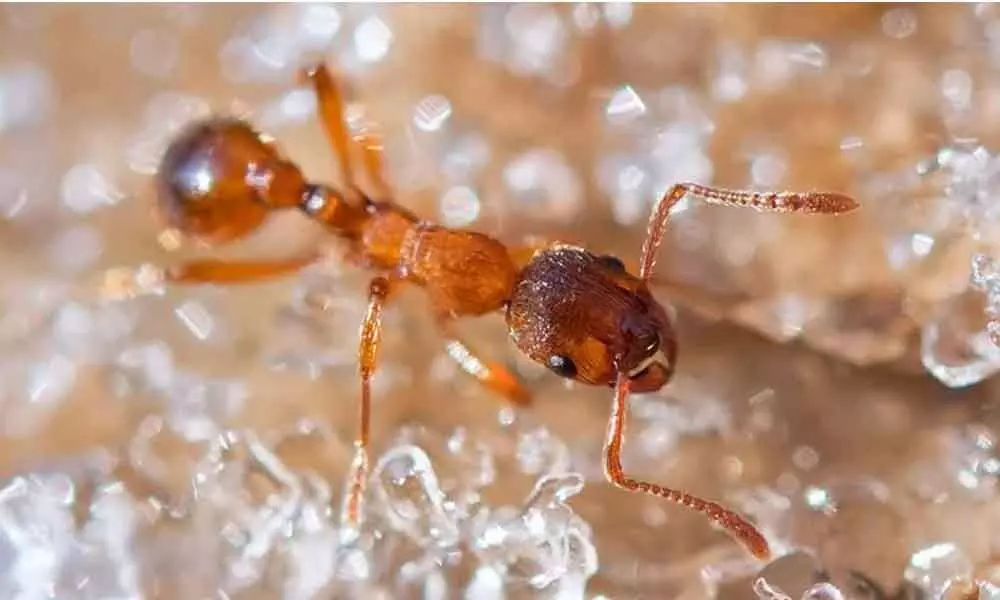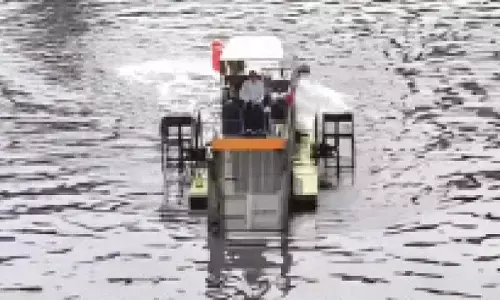Recent Study Shows What We Can Learn From Freezing Ants Regarding Memory

Recent Study Shows What We Can Learn From Freezing Ants Regarding Memory
- The ants utilise the Sun's location in the sky as a compass and their own speed to measure distances, much like great explorers such as Christopher Columbus and Ferdinand Magellan.
- Scientists have been able to make individual brain cells produce different hues of light because to recent advances in microscopy and genetics.
Ants in the Saharan salt pans can travel more than a kilometre and always know where they are in respect to their nest. There are no landmarks or other features in that area to aid the ants in determining their location.
However, the ants utilise the Sun's location in the sky as a compass and their own speed to measure distances, much like great explorers such as Christopher Columbus and Ferdinand Magellan. Individuals can create a path leading back to their house if you know the direction and distance you've gone away from it. This enables the ants to return home safely after finding food.
Considering that an ant's body size is 100,000 times that of a kilometre. That's the same as a human travelling from New York to Washington, DC, and back, knowing exactly where they're going and how far they have to go without relying on landmarks.
Scientists have been able to make individual brain cells produce different hues of light because to recent advances in microscopy and genetics.
Researchers were able to recognise individual neurons and untangle how they link to one another in the neuronal spaghetti that makes up the brain thanks to this major breakthrough.
The technique was used to investigate how an insect's brain keeps track of its orientation, as well as to discover brain cells that encode an insect's speed as it moves.
Its brain can calculate how far it has travelled using this information by constantly adding its current speed to its memory along the journey. As the beetle flies away from its nest, neurons in its brain encode both the direction and distance travelled.
Fast-moving navigational insects must regularly update their knowledge of direction and distance while still remembering it for several days. Fast updating and long-lasting memories are often regarded incompatible, yet insects appear to be able to combine the two.
Researchers wanted to know how insects remember continually updating memories over a lengthy period of time, and we concluded that freezing the insects would be the best approach to find out.
Anaesthesiologists recognize that when people are put under anaesthesia, they forget some things but remember others, depending on how memories are stored.
Cooling insects down is the closest approximation to anaesthetic. Electrical activation in the brain ends when the temperature is decreased to melting ice temperature, and the insects go into a coma.
If the direction and distance experiences are kept as short-term electrical activity, they will be lost when they are freeze; however, if they are preserved as long-lasting memories in synapses among neurons, they will be preserved.
Accordingly, while ants and beetles were gone from their nests, we grabbed them and cooled them to melting ice temperature for 30 minutes. Then we brought them back to room temperature and let them go in an unknown environment to see what they would do.
While these insects are discharged in an unexpected location in their natural habitat, they will immediately return to where their nest would have been if they hadn't been displaced.
That seems to be, they would move parallel to their typical path and begin searching for their nest's entrance once they had covered the required distance. However, researchers discovered that the frozen insects proceeded in the expected direction, but had forgotten the distance they needed to travel, implying that they began looking for the entrance to their nest too soon.
Next Story














